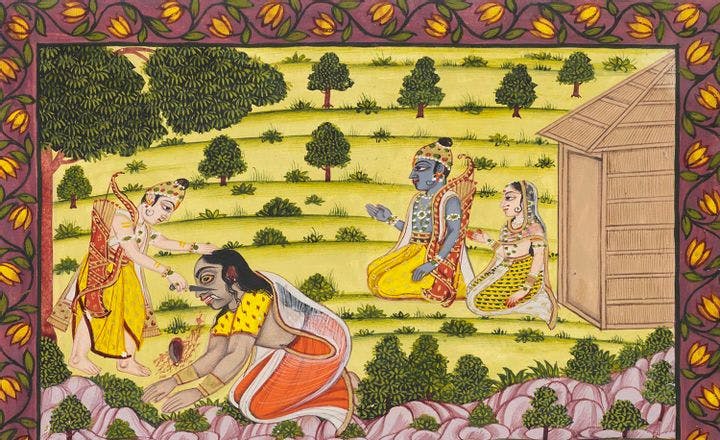A brief history of nose-cutting, and why it's used in attacks on women
– Marlene Uribe
Old patriarchal values of honor rely upon recognizable signifiers, the most permanent being the damaged face.
The August 9, 2010 cover of Time magazine featured a striking photo of Aisha Bibi, a young Afghan woman whose nose had been cut off by her vengeful husband after she left their abusive home. The strapline on the cover: “What happens if we leave Afghanistan.”
By the time South African photojournalist Jodi Bieber took the now-iconic picture, Bibi had found shelter in a women’s refuge in Kabul. The image would win Bieber the World Press Photo of the Year award, in a citation that applauding how she “addressed violence against women with a dignified image.”
Patricia Skinner, writing in the Journal of Women’s History, questions the use of Aisha Bibi’s photo in the western media: “Despite reassurances from her media handlers that she was a strong woman who wanted her story told, it was hard not to feel some sense that Aisha, a victim of extreme domestic violence, was being doubly objectified by the intrusive lens, as had been the undoubted beauty of her compatriots who earlier formed the basis for a photo report on the country itself and its need for protection (by the West),” Skinner writes. “As some commentators pointed out long before Aisha’s case came to prominence, the safeguarding of women from violence in Afghanistan had barely registered on the consciousness of the West prior to the U.S. invasion of 2001, after which it became a central plank in justifying the war.”
Skinner argues critics incorrectly identified Aisha’s mutilation as an effect of Afghanistan’s “medieval” culture towards women’s rights, confusing her husband’s “illegitimate” act with the structural oppression suffered by Afghan women.
Skinner’s piece looks at the role of mutilation in the medieval world and across the genders and continents, digging deep into the history of nose-cutting and the psychology of the face: For example, historian Valentin Groebner says that deformity in the medieval context was dehumanizing. “Cutting the nose,” relates Skinner, “rendered the victim a non-person, no longer a full part of the society she or he inhabited, whose appearance would provoke revulsion in those who witnessed it.”
But Skinner points out that even medieval authors condemn this sort of brutality. “Violence then, as now, was used as an index of acceptable behavior, and written up accordingly—learning to read through these reports of supposedly barbaric medieval violence, and realizing that violent episodes were as much a discourse of authority as a mirror on reality, may enable a more critical reading of modern press accounts with their own agendas,” she concludes.
Further, the media outrage in the West surrounding the Bibi case suggested that such violence is safely confined to faraway “traditional” societies, which ignores depressingly high domestic violence statistics in the United Kingdom and the United States, Skinner writes.
“It may seem that the gulf between ‘medieval,’ ‘traditional,’ and ‘modern’ is too wide to bridge, but the rhetoric of patriarchal control implied and expressed in extreme violence targeted at women’s faces, whether threatened in laws of the past or carried out in practice in the present, has an all-too-depressing continuity,” Skinner concludes.
The Source: “The Gendered Nose and its Lack: ‘Medieval’ Nose-Cutting and its Modern Manifestations” by Patricia Skinner. Journal of Women’s History, Volume 26, Number 1, Spring 2014.
